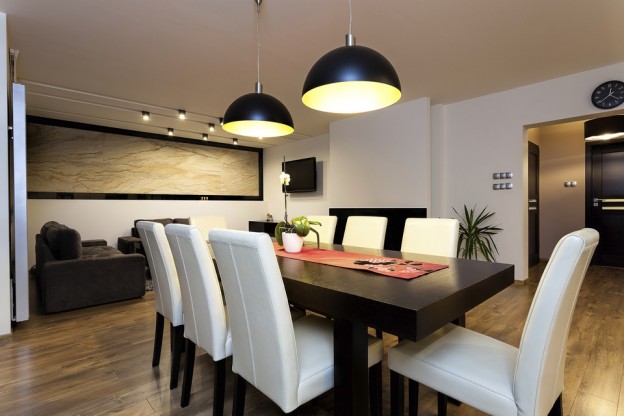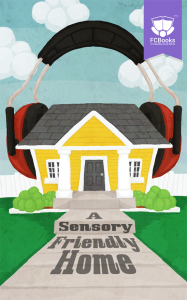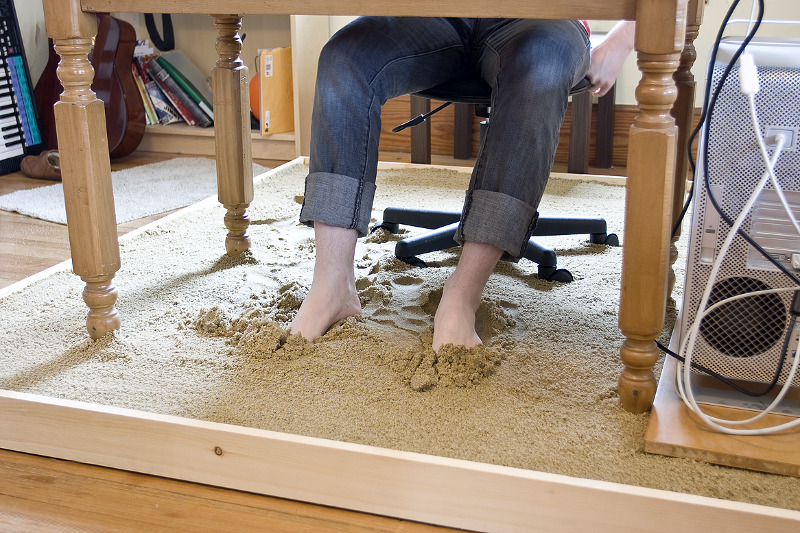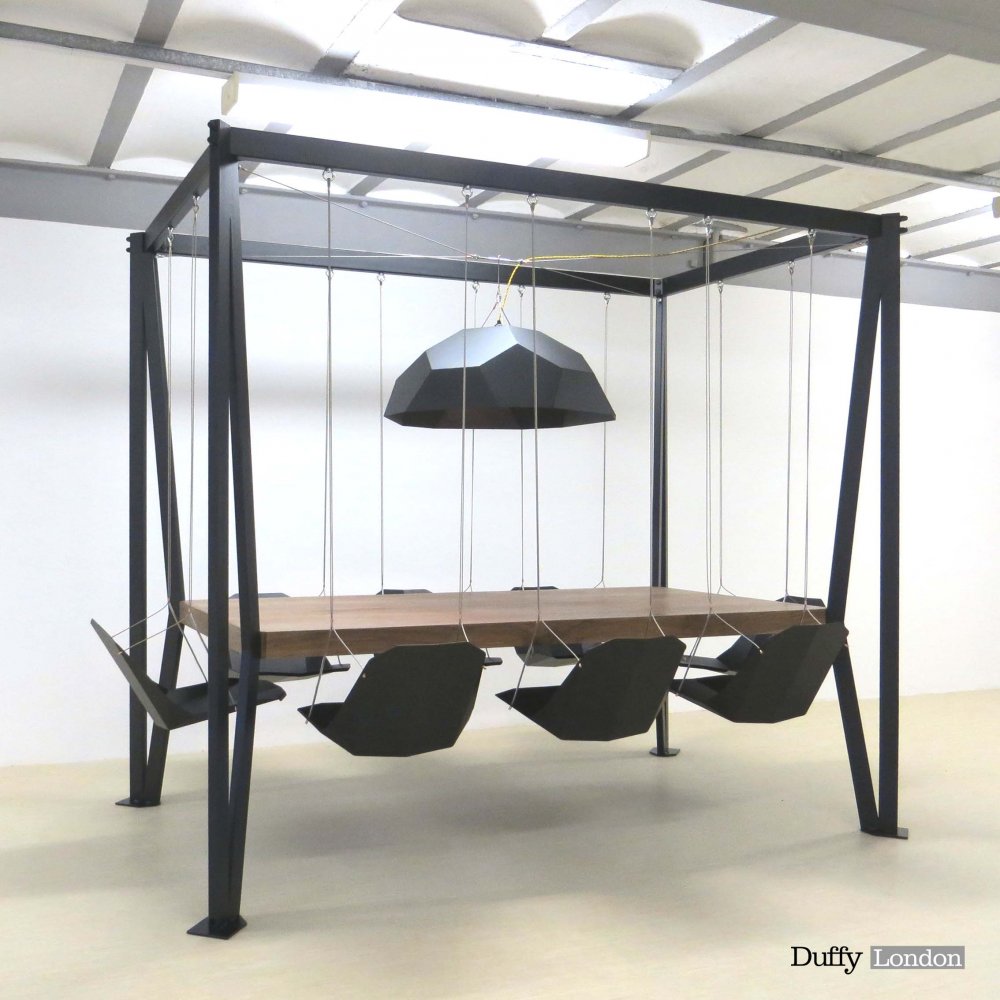
10 Ideas To Create a Sensory Friendly Dining Room
 This post is a chapter from the new E-book: E-book: A Sensory Friendly Home. This E-book has over 200 great tips on making your Kitchen, Living Room, Dining Room, Bedroom and Bathroom sensory friendly.
Price: $4.99
Purchase at: http://www.friendshipcircle.org/blog/ebooks/
This post is a chapter from the new E-book: E-book: A Sensory Friendly Home. This E-book has over 200 great tips on making your Kitchen, Living Room, Dining Room, Bedroom and Bathroom sensory friendly.
Price: $4.99
Purchase at: http://www.friendshipcircle.org/blog/ebooks/
Is your dining room stressing you out?
Many people with special needs have difficulty at mealtime for a wide range of reasons. Some of those reasons are related to the sensory experience of eating.
Meals can be nerve-wracking at my house. Sometimes a meal takes a very long time due to low appetite or problems with self-feeding. Sometimes there is gagging or even projectile vomiting. Sometimes there is sensory-seeking behavior, such as kneeling backwards in a chair and violently rocking it back and forth (it’s not a rocking chair!), because of the discomfort of chewing and swallowing food. There are distractions, which I remove immediately, and attempts at distractions, too.
Over the years I’ve figured out how to manage the sensory environment in my dining room to make meals as successful as possible for my family. Here are 10 dining room ideas, both big and small changes, to make the mealtime experience more satisfying for everyone.
1. Color

Interior designers who specialize in restaurant decor have known for a long time that warm shades of red, orange and yellow can help stimulate the appetite. Consider the colors of the tablecloth, plates, walls and seat cushions, and ask your loved ones for suggestions that will put them in the mood for enjoying a hearty meal.
2. Decoration

I learned early on that too many photos or objects on nearby shelves were a bad idea for our dining area. Instead I placed attention on the reasons we eat by hanging up a nutrition poster that explains what a day’s worth of healthy meals should look like.
Another angle on decoration is to create a combination dining and snoezelen room using wall projectors to create an immersive sensory experience. The patterns or images projected on the wall can be changed or turned off according to mood. Imagine eating your meal in the middle of the woods or surrounded by the Milky Way!
3. Lighting
[caption id="attachment_16867" align="alignright" width="225"] Image credit: pinterest.com[/caption]
Image credit: pinterest.com[/caption]
Lighting definitely affects the mood in my family. Natural sunlight is much more calming than artificial light. The window of our dining area overlooks an area with trees, and we have a mirror opposite the window to reflect the natural lighting.
Dining by candlelight had a surprisingly positive effect on mealtime at my house. The warm glow automatically reduced my children’s anxiety levels and seemed to stimulate their appetites. They were less likely to complain about food texture and more likely to clean their plates!
4. Seating
[caption id="attachment_16866" align="alignright" width="225"] Image credit: www.historicalconcepts.com[/caption]
Image credit: www.historicalconcepts.com[/caption]
I learned the hard way about the necessity of sturdy, non-tippable dining room chairs. Cushioned, heavy chairs with high backs provide the most comfort and security. It is even worth considering moving a sofa, loveseat or armchair to the dining room if it makes mealtime calmer and more constructive. I found non-slip blocks to elevate our sofa to the correct height for the dining room, and the sofa has a washable slipcover that can be laundered when it has food stains.
5. Seat Cushions 
Most occupational therapy catalogs have textured cushions to reduce squirminess at the table. For children who are too big for a high chair but too small for an adult-sized seat, the Cooshie Booster by BabySmart is a comfortable, portable option. We used to carry our Cooshie Booster on trips out of town and around, town, too.
 6. Foot Massager
6. Foot Massager
Under the table, we keep a wooden foot massager with 8 textured rollers. Having this sensory outlet also reduces squirminess and increases attention. Priced under $10, it’s an affordable way to upgrade the sensory environment.
 7. Sandbox
7. Sandbox
A messier way to upgrade the sensory environment is to place a sandbox under the table for foot comfort. There would have to be strict guidelines for the use of the sandbox, but sometimes the novelty of a sensory experience is enough to make the mealtime a success.
8. Low-rise table
 Due to the frequency of falling out of chairs, banging chairs and tipping chairs, my family has often considered purchasing a Japanese style chabudai, a low-rise table with chairs or cushions on the floor. Traditional chabudai are expensive, but a Western-style wood table and chairs can be cut down to the height of a chabudai.
Due to the frequency of falling out of chairs, banging chairs and tipping chairs, my family has often considered purchasing a Japanese style chabudai, a low-rise table with chairs or cushions on the floor. Traditional chabudai are expensive, but a Western-style wood table and chairs can be cut down to the height of a chabudai.
9. Diner-style booth
[caption id="attachment_16861" align="alignright" width="223"] Image credit: Benecki Fine Homes[/caption]
Image credit: Benecki Fine Homes[/caption]
Many years ago, my husband and I noticed that our children had no difficulty sitting and eating in a padded diner booth, because the booth provided a sense of protection. Dining booths are widely available from restaurant supply stores, or they can be custom-built for a home. A bench with a high back and seat cushions can also be adapted into a booth.
10. Swing table
[caption id="attachment_16860" align="alignright" width="229"] Photo credit: www.duffylondon.com[/caption]
Photo credit: www.duffylondon.com[/caption]
Recently the furniture designer Duffy London has received attention for an eye-catching swing table, which creates a playful vestibular experience at the table. There are problems with eating while swinging, of course, but for those who seek constant sensory input it can be just right. A less expensive alternative to the swing table is to place a cushioned porch glider on one side of the table for the diners who need to keep moving.
The goal of sensory modifications to the dining room is to enhance the physical and emotional well-being of everyone who shares a meal there. I have learned that simple changes to the sensory environment can lead to improved self-feeding and nutritional intake as well as an increased awareness of the social aspect of mealtime. Bon appetit!



